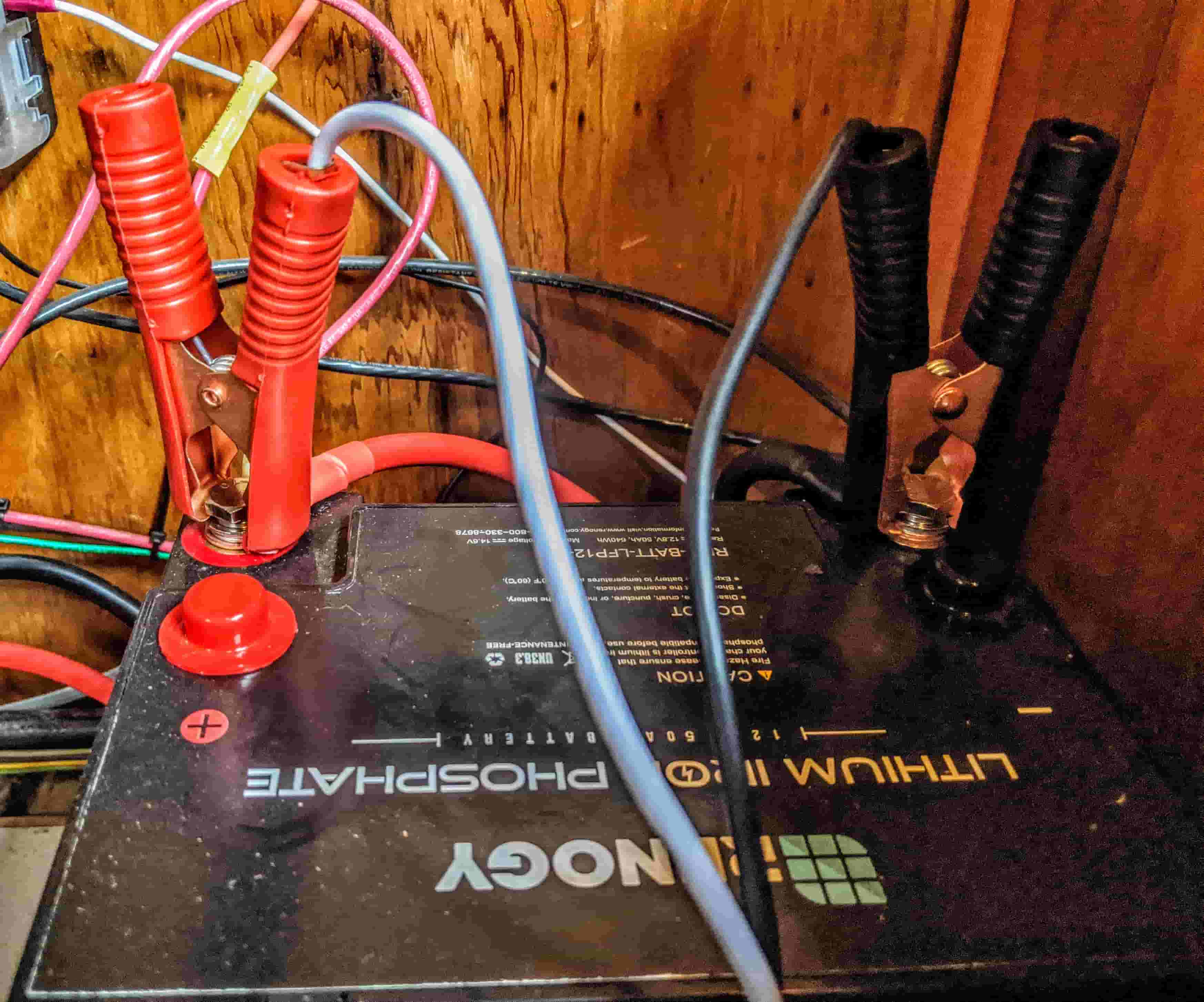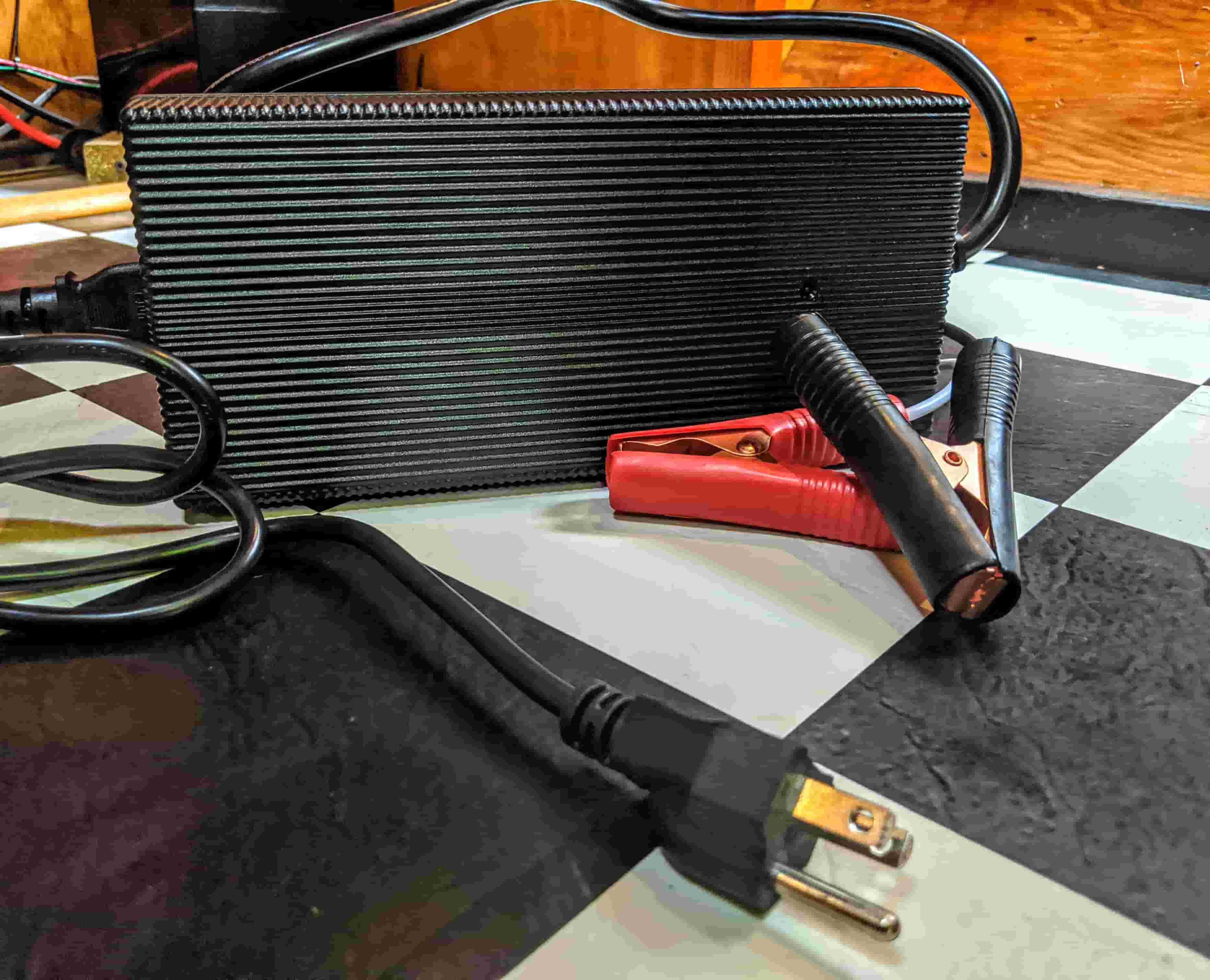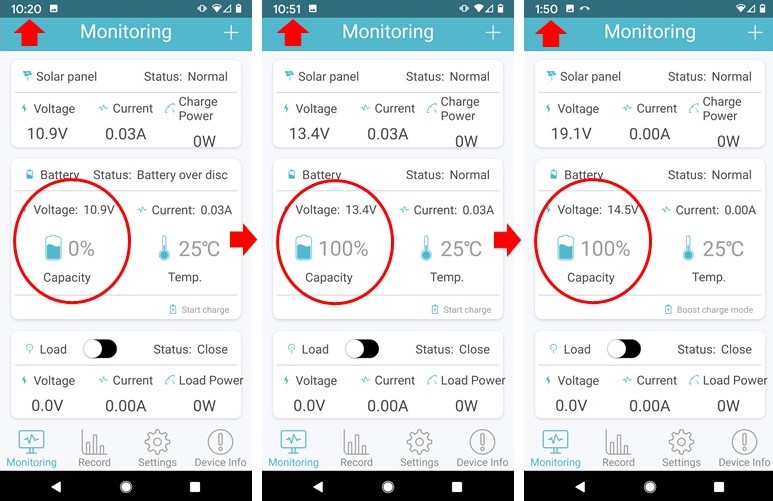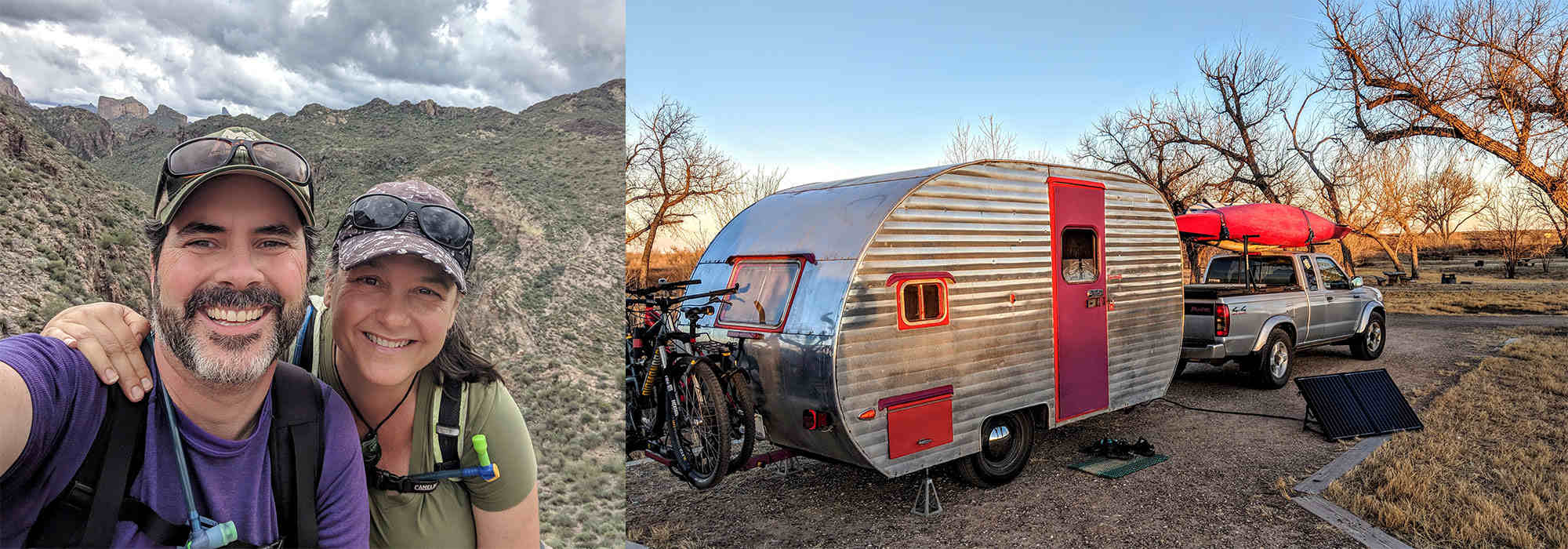AC to DC Charger vs. DC to DC Charger: What's the Difference & Which Do I Need?
For those of you who read our blogs on a regular basis, you know that we’ve been living on the road in our tiny vintage RV for the past 8 years. We’ve powered our lives with solar from day one and wouldn’t have it any other way! Our solar powered system from Renogy not only makes this lifestyle possible, it makes it simple, reliable and efficient. But there is the rare occasion when the sun doesn’t make itself available (inclement weather or too much shade in a heavily forested area), and we need an alternative way to recharge our house battery. While this has only happened to us a handful of times over the past 115K miles, there are a couple of easy charging alternatives: AC to DC chargers and DC to DC chargers.
What is the difference between an AC to DC charger vs. a DC to DC charger?
Before explaining how these charging options work, let’s breakdown the difference between the use of AC power and DC power. Stick with us, this isn’t a physics lesson! But, if you are seeking more physics, get your nerd on here.
Alternating current, AC power, is what comes from the electrical grid and what most people use everyday in their home or office. It’s what runs a typical household appliance, and it’s also what comes out of a standard campground electrical hook-up. AC runs everything from our refrigerators and coffee makers to our dishwashers and TV’s.
Direct current, known as DC power, runs many small appliances in an RV, boat, or off-grid cabin such as lights, fans, USB appliances, even refrigerators. It’s the same kind of energy produced by a solar panel and stored in batteries of all types.
So, depending on how you plan to recharge a low RV house battery will result in the type of charger you need. Let’s quickly review the differences:
DC to DC Chargers charges your RV house battery with the power coming from your vehicle’s alternator, which generates energy to feed the vehicle’s electrical system and charges the starter battery (also known as a CCA battery - Cold Cranking Amps) as you drive down the road. Keep in mind that the more electricity you use in your car to run your A/C, car stereo, lights, etc., the less excess energy you will have to charge your RV’s house battery. Note: Renogy offers a whole host of options in varying sizes (20A, 40A, etc.)
AC to DC Chargers recharge your RV’s 12V house battery using the power coming from a standard AC outlet, whether that outlet is at a friend’s house or at a campground with electrical hook-ups. When we had a deep cycle lead acid house battery in our rig, we had a standard trickle charger that could take up to 16 hours to fully recharge our battery. But, when we switched to Lithium Iron Phosphate (LFP), we needed a different option. Renogy recently came out with that solution! Let’s take a look at it...

Review of Renogy’s 20A Lithium Iron Phosphate Battery Charger
The few times we’ve run completely out of juice, we typically move on to find sun or plug into an electrical hook-up at a campground and hang out there for a couple days until the sun comes back.
But, we’ve just discovered another great option where we can charge up very quickly and get back on the road within an hour! This charger is a simple “plug and play” unit which you connect between your 12V LFP battery and a standard household outlet. We’ve charged our 50AH LFP battery from 0% (10.9V) to 100% (13.4V) in the time it takes us to make dinner. Then, it continues to trickle charge for a couple of hours until the battery reaches full capacity (14.5V). Note: If your battery has a larger capacity or you have multiple batteries, it will take longer.
What’s in the Box:
- Charging Unit: 4 x 9 x 2.5 inches
- AC cord: 4 feet with grounded plug
- DC cord: 3.5 feet with 12 AWG alligator clips

How to Charge a 12V LFP Battery:
- Connect the 110V plug into the shore power outlet inside your camper (or directly to a household outlet or electrical hook-up at a campground). You’ll probably need an extension cord as the cord that comes with this unit is only 4 feet long.
- Connect the black alligator clip to the negative terminal and the red alligator clip to the positive terminal of your RV’s 12V LFP house battery.
- Use your Bluetooth module or battery monitor to watch your battery charger charge your battery in minutes! Or, simply use the red (still charging) to green (charging complete) status light on the unit itself.
- Remove the charger in the reverse order, store it in a dry safe place, and away you go! It’s that easy.

Safety Tips:
- Never touch the alligator clips together when the unit is plugged into AC power.
- While charging, place the unit as far away from the battery as the DC charging cords will allow and never place it above the battery.
- Never operate the charger in a closed-in compartment or restrict ventilation to the unit.
- The charging unit may get hot while it’s connected to the battery; place it flat on a durable surface that won’t be affected by the heat. Never place it on upholstery, plastic, or leather surfaces.
While we don’t need to use this charging unit very often, it’s great to have a back-up which doesn’t involve lugging a heavy gas generator around (much less listen to it) or waiting around for hours for our battery to trickle charge. This product allows us to have a lightning fast and lightweight charging option when we need it!
If we’ve inspired you to go solar with Renogy, please use our affiliate link and promo code “canlife.” You will get a 10% discount and we will get credit for the sale. It’s win-win! And, as always, contact us directly with any questions. We love to hear from our readers!

Shari Galiardi & David Hutchison have turned their higher education backgrounds, desire for life-long learning, and thirst for adventure travel into writing, photography, video production, and public speaking tours from coast to coast. Known to their friends as simply Shari & Hutch, you can learn more about their full-time, solar powered adventures on their website at freedominacan.com. Or, follow them on Facebook, Instagram, and YouTube as “Freedom in a Can.”
See other related articles at Renogy:
Solar Panels 101: A Beginner's Guide
The Ultimate Guide To DIY Off-Grid Solar Systems
Do solar panels increase home value
how efficient are solar panels
How Many Solar Panels Do I Need








